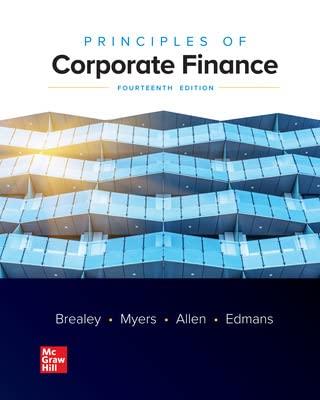Table 10.5 shows how the payoffs in years 1 and 2 from both planes depend on the
Question:
Table 10.5 shows how the payoffs in years 1 and 2 from both planes depend on the pattern of demand. You can see, for example, that if demand is high in both years 1 and 2, the turbo will provide a payoff of $960,000 in year 2. If demand is high in year 1 but low in year 2, the turbo’s payoff in the second year is only $220,000. Think of the payoffs in the second year as the cash flow that year plus the year-2 value of any subsequent cash flows. Assume that these cash flows can be discounted at 10%.
Ms. Magna now has an idea: Why not start out with one piston-engine plane? If demand is low in the first year, Magna Charter can sit tight with this one relatively inexpensive aircraft.
On the other hand, if demand is high in the first year she can buy a second piston-engine plane for only $150,000. In this case, if demand continues to be high, the payoff in year 2 from the two piston planes will be $800,000. However, if demand in year 2 were to decline, the payoff would be only $100,000.
a. Draw a decision tree setting out Magna Charter’s choices.
b. If Magna Charter buys a piston plane, should it expand if demand turns out to be high in the first year?
c. Given your answer to part (b), would you recommend that Ms. Magna buy the turboprop or the piston-engine plane today?
d. What would be the NPV of an investment in a piston plane if there were no option to expand? How much extra value is contributed by the option to expand?
Step by Step Answer:

Principles Of Corporate Finance
ISBN: 9781264080946
14th Edition
Authors: Richard Brealey, Stewart Myers, Franklin Allen, Alex Edmans




